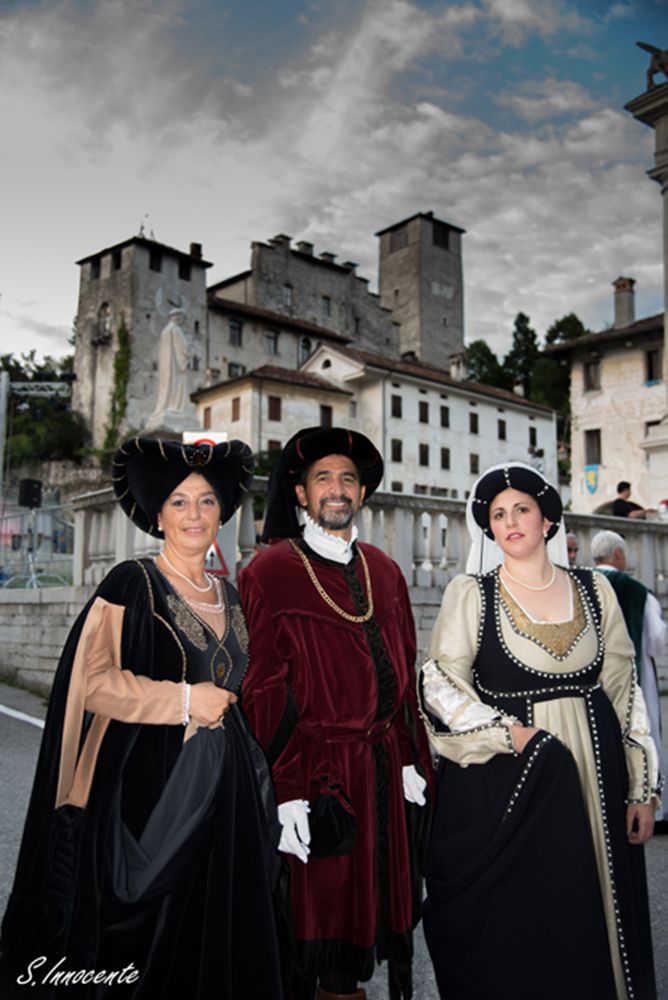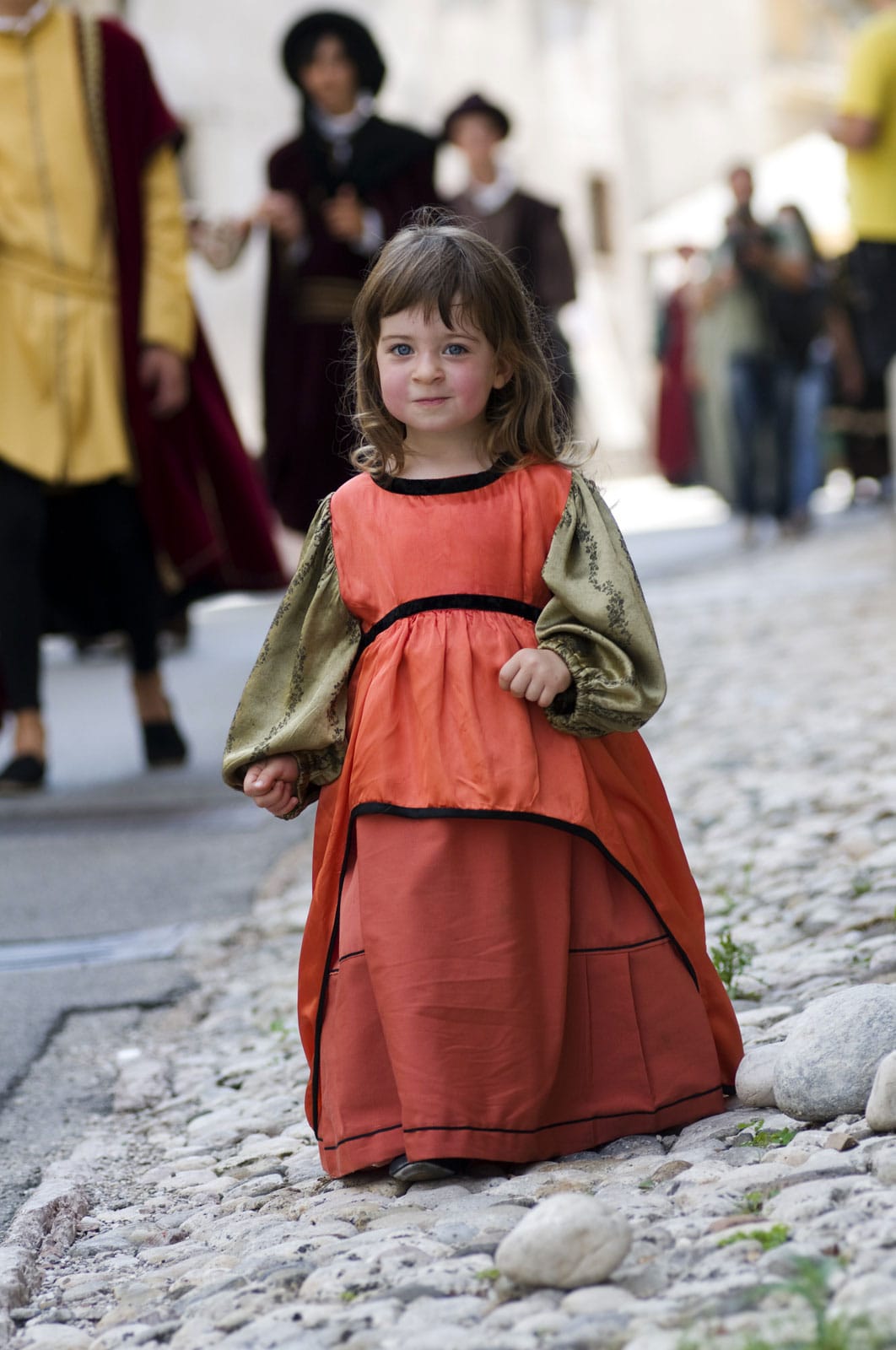The origins
After the exhausting conflicts linked to the lordship of the Da Carrara family, to whom Feltre had been linked in 1363, the town ended up being owned by the Duke of Milan Giangaleazzo Visconti.
After the exhausting conflicts linked to the lordship of the Da Carrara family, to whom Feltre had been linked in 1363, the town ended up being owned by the Duke of Milan Giangaleazzo Visconti.
In memory of the date on which Feltre had become part of the duke’s domains, 7 December 1388, the Feltre community had established that every year on that day the entire city should celebrate the event with a solemn service in the cathedral or in the Church of All Saints and with the horse race of a palio. The prize, the ancient statutes recall, was 15 gold ducats.
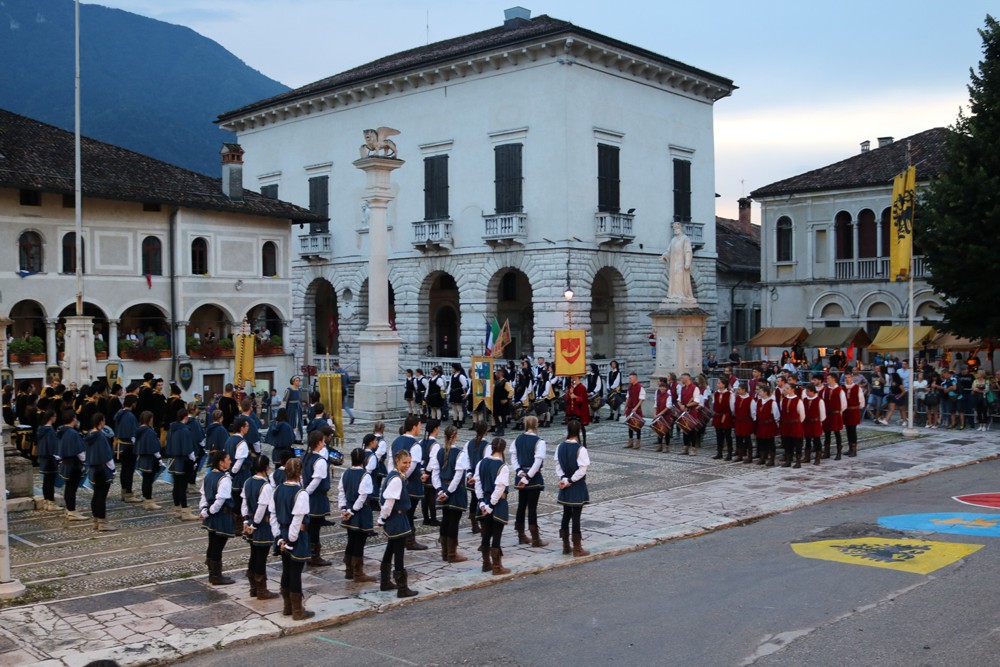
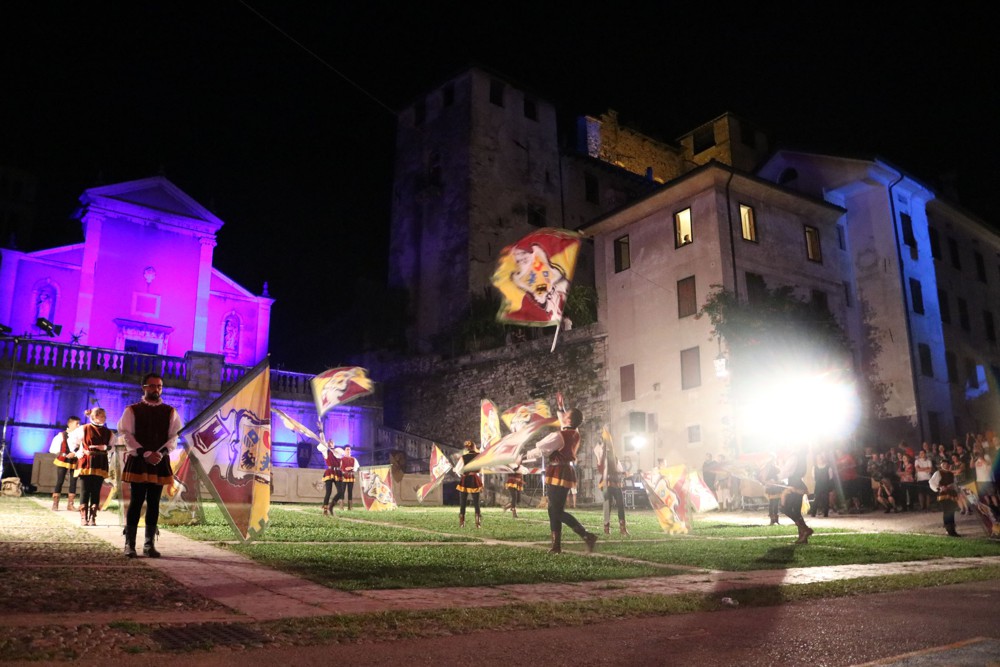
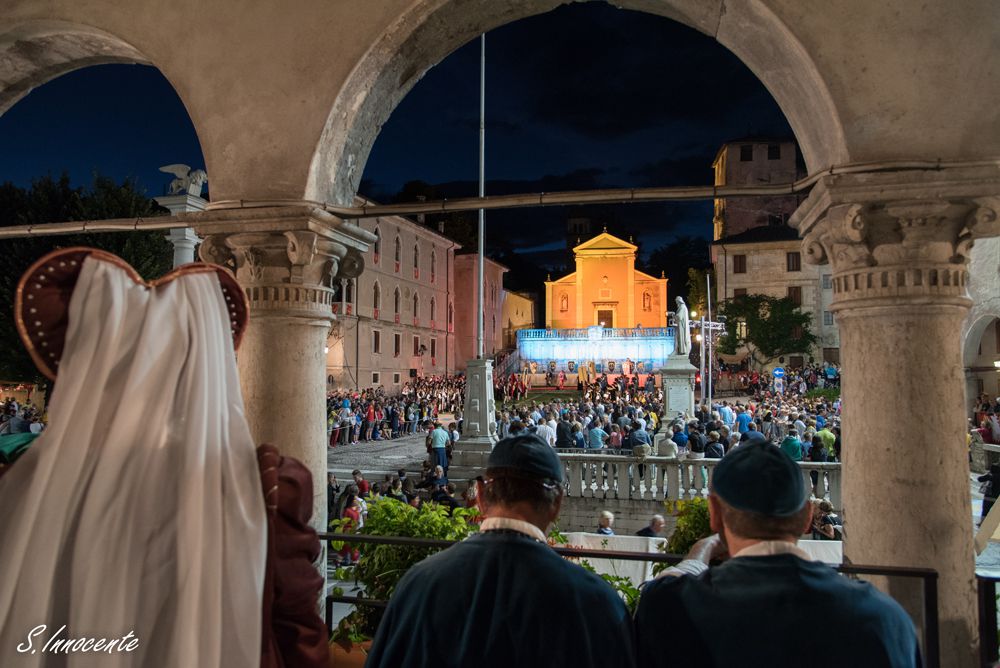
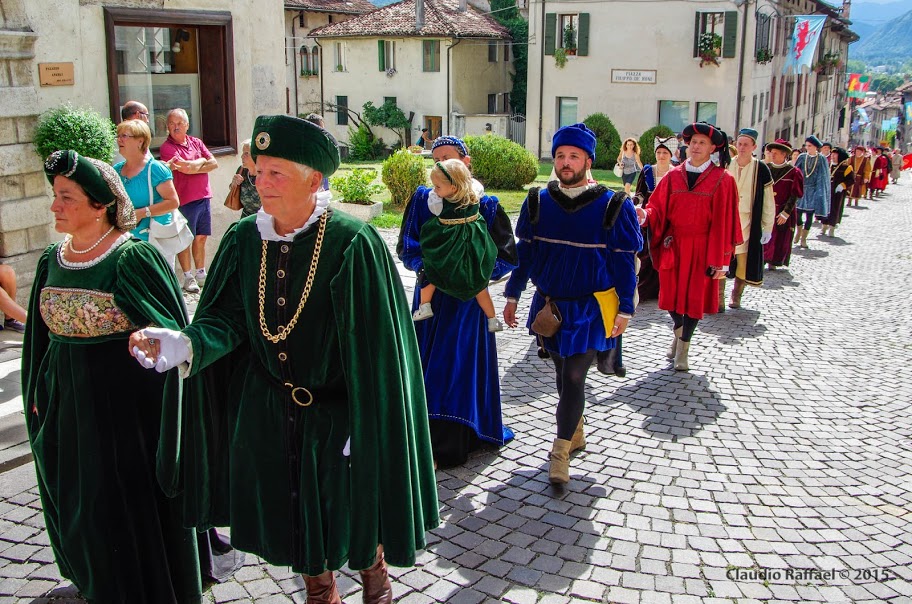
In 1402, the sudden death of the Duke of Milan Giangaleazzo Visconti from plague reopened conflicts in the Veneto region.
The Da Carrara family claimed possession of Feltre as well as other towns in the territory. Giangaleazzo’s widow and her son responded to the threats by offering Feltre and other towns to Venice in exchange for money. But the Serenissima, more skilful, spontaneously obtained the dedication first of Vicenza and then of other Veneto towns including Feltre. It was 15 June 1404.
Thus, in just a few months, the basis for one of the most powerful Italian states of the Renaissance and modern age was created on the basis of apparently autonomous and separate agreements.
The official act of donation of Feltre to Venice took place, as recounted by the Feltre historian Antonio Cambruzzi, in the public square in front of all the city orders.
Vittore Muffoni, on behalf of all the citizens, handed the city over to Bartolomeo Nani, reaffirming that the act was by the unanimous will of all the people of Feltre and that Venice would undertake to respect all citizens in their ranks, honours and prerogatives, while accepting the statutes of Feltre. Nani promised in the name of the Republic to respect the agreements made and thus received from the hands of Vittore Muffoni the keys of the city and the white stick, the sign of dominion.
Although the deed of gift formally covered the whole of Feltre, in reality the castle still remained under the control of the Visconti, which was however ceded on 20 June.
In order to perpetuate the memory of the donation, a public decree established that in the following years, on 15 August, a procession of all the orders of the city would take place and a Palio of 15 gold ducats would be run.
The Palio, which has been held in Feltre since 1979 every first Sunday in August, aims to commemorate precisely the events described above.
Of the events that took place, a ‘public istrumento’ was drawn up by the notary Sandio de’ Muffoni, which Cambruzzi reports in full and which was annexed to the Statutes of Feltre.
